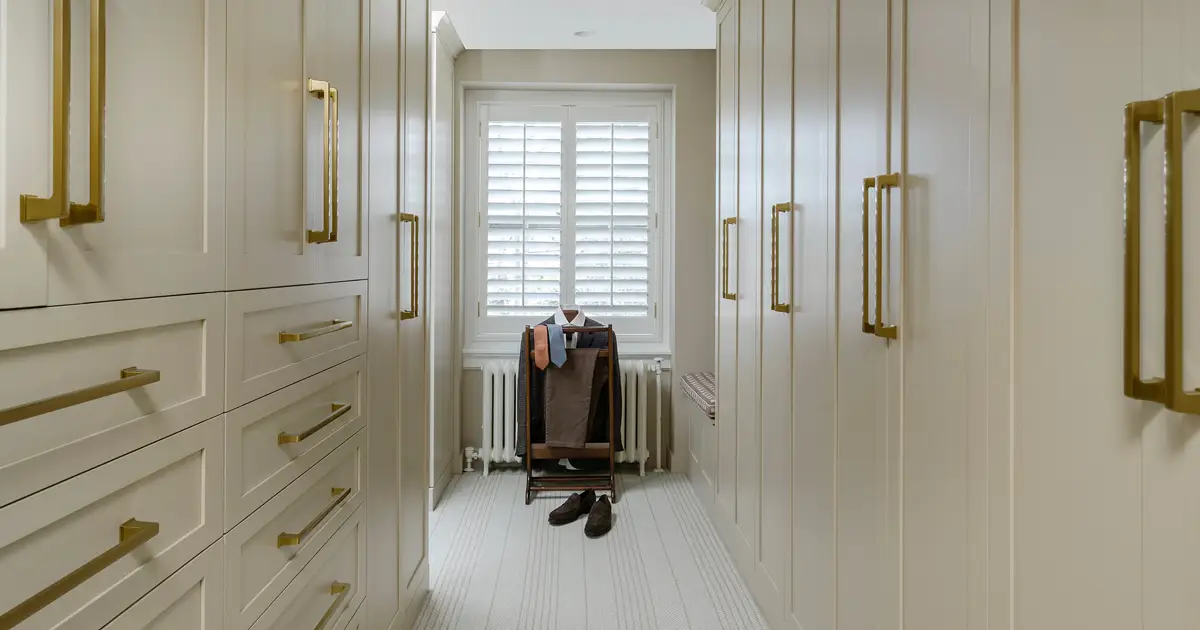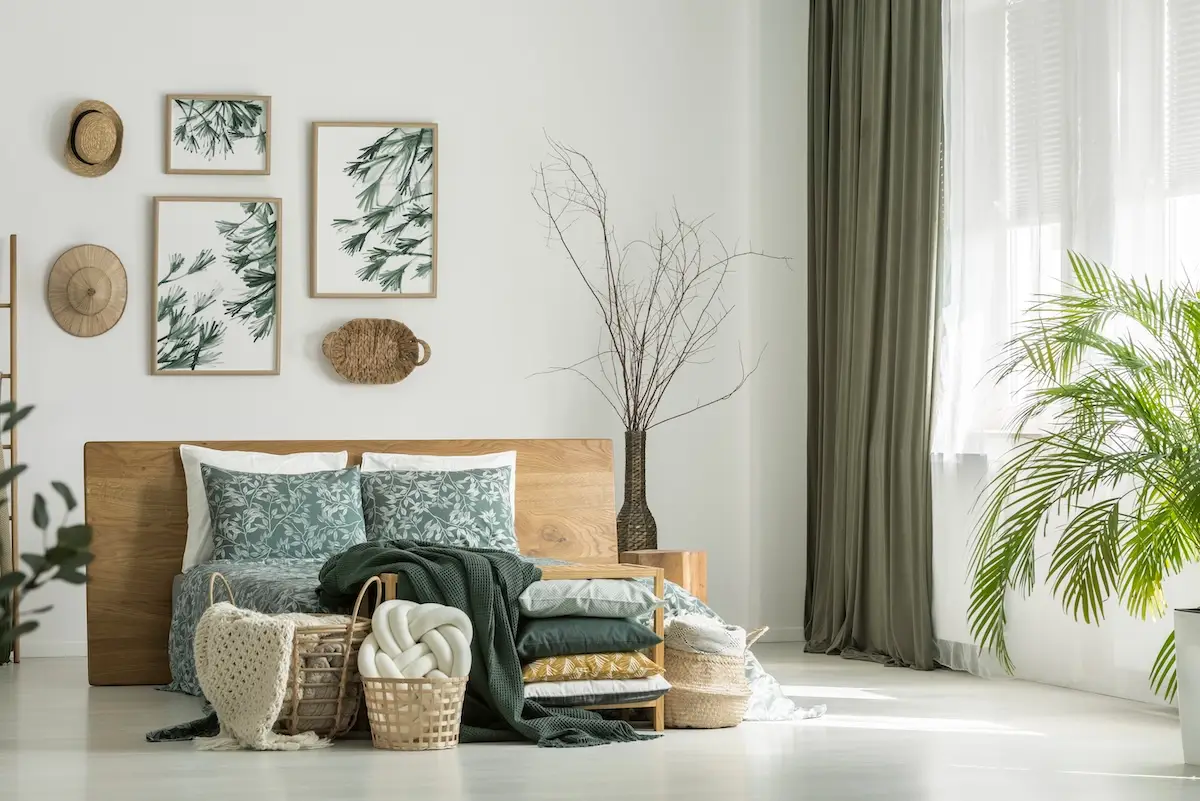We’ve talked before about how interior design is a lot more than just simply decorating a space. In fact, many of the decisions we make for our clients can greatly impact their lifestyle. One such aspect of the home that’s crucial for all homeowners is the air quality. According to the US Environmental Protection Agency, we spend over 90% of our time indoors, so it’s essential to make choices that help us breathe easy, literally. The fact is, there are a variety of decisions when remodeling or redecorating your home that can directly impact the air that you breathe. Read on to learn how you can improve indoor air quality in your home.
Choosing Low-VOC
VOCs, or volatile organic compounds, are different kinds of chemicals that off-gas at room temperature. Common VOCs you may have heard of include acetone, benzene, ethanol, or formaldehyde; every VOC has its own toxicity level. There are many common household items that include VOCs, like cleaning supplies, paint, carpeting, and furniture.

Knowing that VOCs are found in many of your everyday products can be scary, but the good news is that there are many companies making low or VOC-free products nowadays. Buying low VOC products from the get-go is one way to improve indoor air quality in your home. Formaldehyde is one of the biggest concerns in materials for homes like wood flooring and carpet. Finding products made of materials that do not contain formaldehyde is critical for indoor air quality.
Other products, like glue, dyes, and detergents found in materials may still have limited VOCs. If so, it’s best to let your home air out during and after those products are used or installed before moving in.
Finding the Right Products
In addition to using low and zero-VOC materials, there are many other products that can help improve your indoor air quality. For instance, if your family suffers from allergies, it’s likely best to opt for tile and hardwood floors rather than carpet. You can also source area rugs or fabrics for your furniture that are naturally dyed or dye-free, and hypoallergenic.

There are a variety of certifications for different products to prove they are toxin-free and do not affect indoor air quality. You may see GOTS (Global Organic Textile Standard), GOLS (Global Organic Latex Standard), and Oeko-Tex Standard for mattresses. The UL Greenguard Certification tests emission limits for building materials, furniture, furnishings, and more. Navigating through all the different labels can be confusing, so be sure to talk with your interior designer about your air quality concerns to keep track of the best products!
Purifying Your Air
A big way to actively improve your air quality is by having a working HVAC unit or free-standing air purifiers around your home. Many of these air purifying products help trap micro-particles in the air and keeping it clean. This means reduced allergies and constant peace of mind that the air you are breathing is clean! You can find free-standing air purifiers of different sizes, too, so that they fit into any space. Top air purifying brands that are both effective and stylish include Dyson, GermGuardian, Philips, and Molekule.

Quality of life is the number one priority when it comes to creating a home. That’s why our team at WPL Interior Design stays conscious of your concerns and needs when building or updating your home. To learn more about our design process and how we can help you, give us a call today at 215-592-9570!




